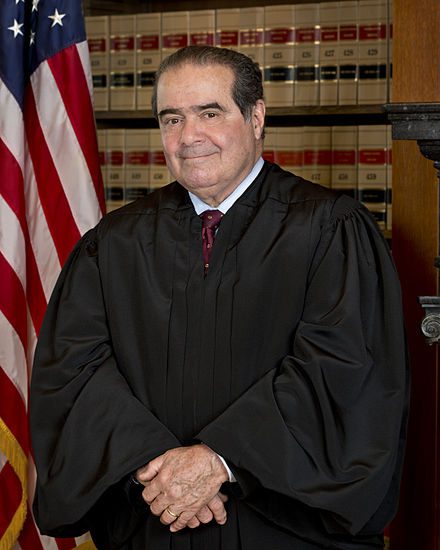The Supreme Court Rules On Public Performance And Copyright
The Supreme Court Rules On Public Performance And Copyright
Last week, the Supreme Court wrapped up a busy term for intellectual property cases. The latest and final IP case it decided was American Broadcasting Cos., Inc. v. Aereo, Inc. Aereo is a copyright case involving a copyright holder’s exclusive right to “perform the copyrighted work publicly.” In reviewing the technology at issue, a majority of the Court found that Aereo’s software violated this right. Justices Scalia, Thomas, and Alito dissented.
At the heart of this case is/was a growing Internet company with a technology that allowed users to rent a “dime-sized” TV antenna in a local market and stream the locally broadcast content remotely. In this way, a user could watch local programming in Philadelphia, Buffalo, or Los Angeles from anywhere in the world. Aereo’s own short video does a better job explaining its technology than the Supreme Court or this author.
Aereo successfully defended itself in the appellate court by arguing that the streaming it offered was personal, and thus not public as required under the statute. Aereo bolstered this claim by noting that when two users want to access the same local programming, its system assigned each of the users their own antenna and own individual stream.
The Court’s Analysis
The Supreme Court applied a two-part test to this case: (1) Did Aereo “perform” under the statute, and if it did, (2) Did Aereo perform “publicly?”
The performance question. The Court reviewed a history of the performance requirement, in particular that Congress amended the Copyright Act in 1976 to define acts by predecessors to today’s cable providers’ transmissions as “performances.” The Court then concluded that Aereo is like a cable provider and thus it performs.
The public performance question. Again, the Court compared Aereo’s transmissions to those of cable companies and found them similar. Regarding the difference that Aereo only transmits programming to individual users, the Court stated, “We do not see how the fact that Aereo transmits via personal copies of programs could make a difference.”
The Aereo Holding: Consequential or Not?
Justice Scalia, never one to shy away from a chance to pen a dissent, summed up the majority’s reasoning:
The Court’s conclusion that Aereo performs boils down to the following syllogism: (1) Congress amended the Act to overrule our decisions holding that cable systems do not perform when they retransmit over-the-air broadcasts; (2) Aereo looks a lot like a cable system; therefore (3) Aereo performs…. That reasoning suffers from a trio of defects….

And Jason Rantenen outdid Scalia in capturing the Court’s comparison of Aereo’s technology to cable companies: “If it’s basically the same as a duck, it’s a duck.”
Scalia concluded with an admonishment that this opinion would give content providers a wide net to accuse emerging technologies of copyright infringement whenever they looked-like-cable-TV. Introducing this dark specter, he noted that the Court nearly made a similar error in the 80s when it came within a vote of outlawing VCRs.
We came within one vote of declaring the VCR contraband 30 years ago…. The dissent in that case was driven in part by the paintiffs’ prediction that VCR technology would wreak all manner of havoc in the television and movie industries…. Hence, the proper course is not to bend and twist the Act’s terms in an effort to produce a just outcome, but to apply the law as it stands and leave to Congress the task of deciding whether the Copyright Act needs an upgrade.
But as David Post points out, “The majority is at pains, in several places, to say that the case is just about broadcast television and the re-transmission of broadcast signals.” For example, rather than simply allowing its holding to stand without commenting on Scalia’s dire predictions, it went out of its way to state that the holding was quite limited.
Aereo and many of its supporting amici [Professor Post being one of these] argue that to apply the Transmit Clause to Aereo’s conduct will impose copyright liability on other technologies, including new technologies, that Congress could not possibly have wanted to reach. We agree that Congress, while intending the Transmit Clause to apply broadly to cable companies and their equivalents, did not intend to discourage or to control the emergence or use of different kinds of technologies. But we do not believe that our limited holding today will have that effect.
Developing case law will shed light on this decision’s consequences. In the meantime, there is little doubt that content providers will use the looks-like-cable-TV test in an attempt to capture all manner of emerging technologies.
If you have questions, contact me.
If you want IdeaEsq delivered to your inbox, sign up for the daily or monthly newsletter.
